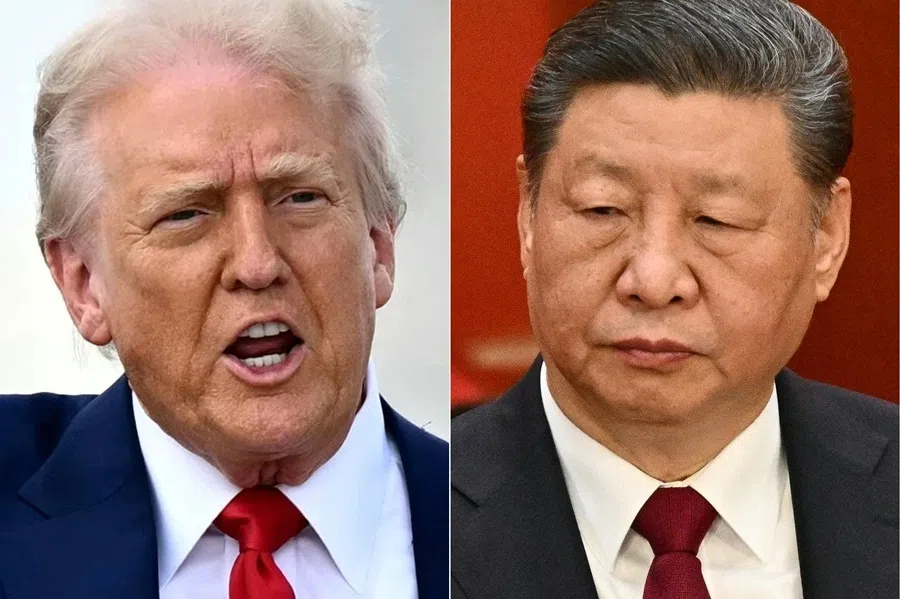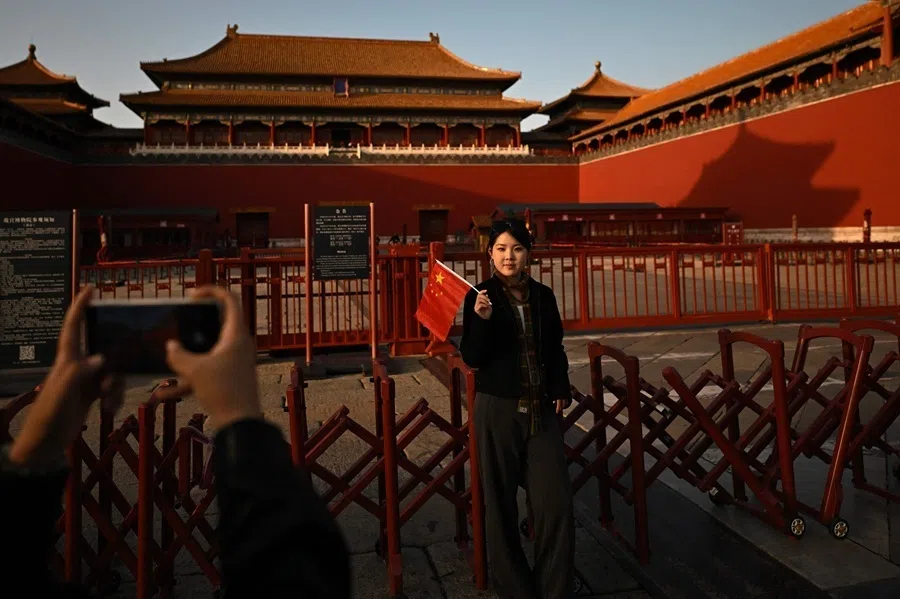Can the Yangtze River Delta area remain the economic anchor of China? [Eye on JiangZheHu series]
The Yangtze River Delta area, first comprising Shanghai, Jiangsu and Zhejiang then later expanding to include Anhui, has clear-cut advantages in scientific and technological innovation. But the area also faces several challenges. EAI senior research fellow Yu Hong observes that excessive competition among cities and provinces within the region remains a pressing issue.
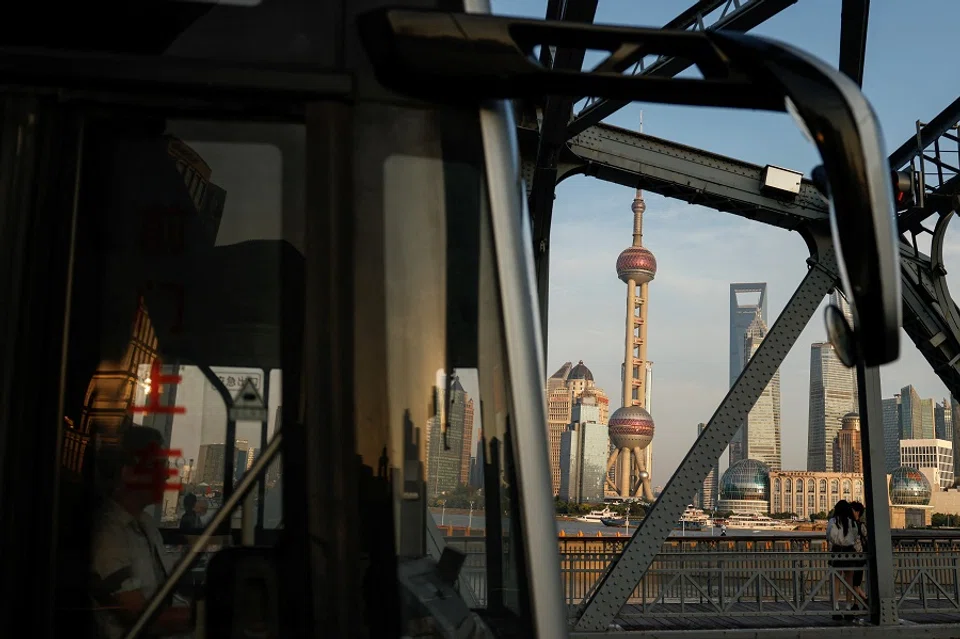
The Yangtze River Delta (YRD) area is one of China’s most economically developed regions, with the highest degree of openness, the best business environment and the strongest scientific and innovation capabilities. The YRD area spans the Shanghai, Zhejiang, Jiangsu and Anhui provinces, covering 27 cities, 358,000 square kilometres and a total population of around 227 million.
The YRD is a mega city-cluster centred on Shanghai and has been one of the main drivers of China’s economic development for the past several decades.
A steady engine and powerful economic centre in China
Internally, alongside the Guangdong-Hong Kong-Macau Greater Bay Area, the YRD is among the most important engines of Chinese development. The YRD has resilient economic strength, accounting for 4% of the country’s land area, about 17% of the nation’s population and about 25% of China’s total economy. The YRD contributes more than a quarter of the nation’s fiscal revenue.
Externally, in 2022, the total value of foreign trade in goods in the YRD area amounted to 15.07 trillion RMB, accounting for 35.8% of the national total. The total import and export volume of services exceeded 2.5 trillion RMB, accounting for 42.8% of the country’s total. The inflow of foreign direct investment to the YRD area was US$75.9 billion, accounting for 40.1% of the country’s total.
The Ningbo-Zhoushan Port, which faces the busy main channel of the Pacific Ocean and is located in the YRD, is the world’s largest port in terms of cargo throughput, with a cumulative container throughput of 35.3 million TEUs in 2023. Moreover, the YRD has two of the top three container throughput ports in the world, namely Shanghai Port and Ningbo-Zhoushan Port. In 2023, Shanghai Port and Ningbo-Zhoushan Port combined accounted for about 27.2% of the country’s total of container throughput of 310 million TEUs, which confirms this mega city-cluster’s significance in China’s foreign trade and external economic linkages.
... the YRD’s economic size exceeds that of many G7 (Group of Seven) developed nations, such as Japan, France, the UK and Italy.
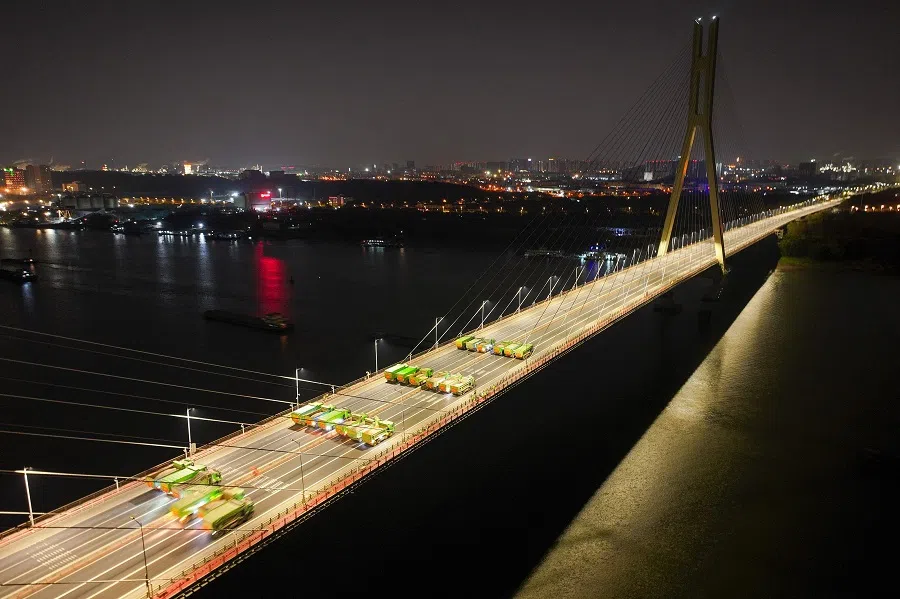
The YRD area is emerging as a powerful economic centre in China as well as the Asia-Pacific region. In 2023, the total value of foreign trade in the YRD area reached US$2.14 trillion; the YRD cities’ GDPs combined exceeded US$4.25 trillion. This region’s average per capita GDP was around US$18,000, which is substantially higher than the national average.
From a comparative perspective, the YRD’s economic size exceeds that of many G7 (Group of Seven) developed nations, such as Japan, France, the UK and Italy. Given its trade and economic weight in the nation, the YRD is crucial for China’s pursuit of high-quality development, and it could also leave a substantial mark on the geoeconomic landscape of the Asia-Pacific region.
Accelerating the development of vibrant city clusters like the YRD area is crucial to sustaining domestic economic growth in China.
In recent years, amid the changes in the global geopolitical landscape as well as the worsening relations with the West in general and the US in particular, the Chinese authorities have rolled out successive national initiatives to develop a resilient domestic economy and to achieve a national economic transformation. These plans are centred on the development of vibrant city clusters intended to stimulate domestic investment and consumption and promote regional development.
Accelerating the development of vibrant city clusters like the YRD area is crucial to sustaining domestic economic growth in China. In November 2018, President Xi Jinping announced his support for integrated development among the cities within the YRD area and elevated this to a national strategy. The Chinese authorities are making efforts to develop the YRD area as one of the major centres for boosting domestic economic growth.
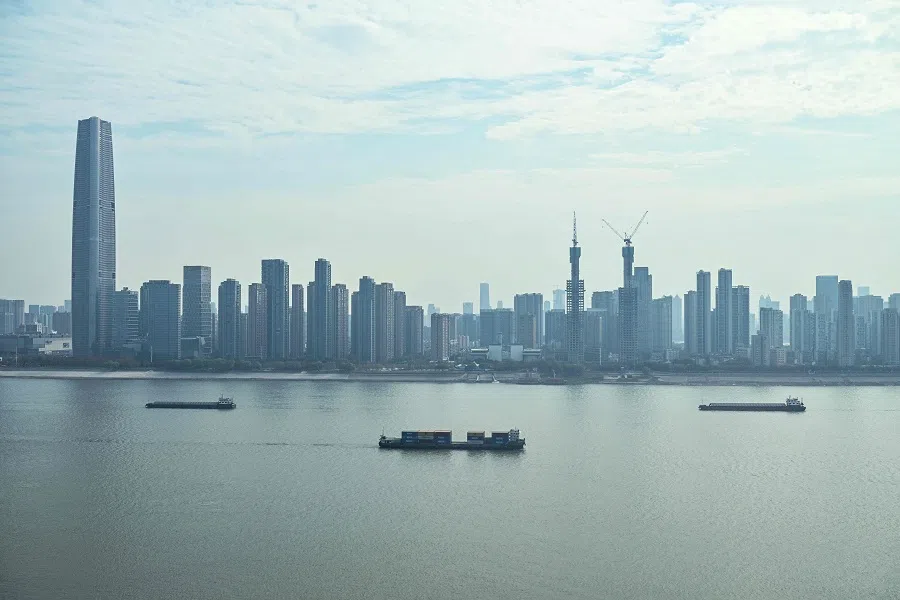
In December 2019, the Central Committee of the Chinese Communist Party (CCP) and the State Council issued the “Outline of the Yangtze River Delta Regional Integration Development Plan”, which clarifies that the YRD region will play a central role in China’s future economic development. The state has highlighted the importance of integrated development of the YRD for enhancing regional connectivity and policy coordination.
A greater sense of region
The YRD area conventionally includes three provincial-level administrative regions — Shanghai, Jiangsu and Zhejiang. In 2019, the State Council announced in a major government guideline that the YRD region would now include an additional province, Anhui, making a total of four provinces.
The institution leading this national-level regional development strategy is the national-level Central Leading Group of Yangtze River Delta Integration coordinated by Vice-Premier Ding Xuexiang, with the National Development and Reform Commission as the coordinating government agency. After the release of the 2019 national guideline for the integration of the YRD, Shanghai, Jiangsu, Zhejiang and Anhui all released their own action plans and named their offices responsible for promoting regional integration.
Li Qiang, premier of the State Council of the People’s Republic of China, has served in politics in Zhejiang, Jiangsu and Shanghai.
The establishment of the Central Leading Group on Promoting YRD development under the CCP Central Committee, which is the top decision-making body for overseeing the region’s development initiative, founded in 2018, not only confirms the strong state endorsement for the YRD. More importantly, it reflects the state’s forceful role in coordinating the integrated development of the 27 participating cities, from megacities to small and medium-sized cities, as well as overseeing the implementation of this plan.
Priority from the top management
Li Qiang, premier of the State Council of the People’s Republic of China, has served in politics in Zhejiang, Jiangsu and Shanghai. His experience in different provinces and cities within the YRD region will not only help the Chinese central government to promote the integration of this region in a coordinated manner, but also reflects the important position of this mega city-cluster in the overall national economic map in the future.

Judging from his political experience, Li Qiang has deep roots in the YRD area. He has served in Zhejiang for a long time, first, as the governor of Zhejiang province from 2013 to 2016. In 2016, he became the party secretary of Jiangsu province. From October 2017 to March 2023, he served as the party secretary of Shanghai, and then moved up to central government, becoming premier of the state council.
Li Qiang’s career path has taken him through the economically developed provinces of Zhejiang and Jiangsu, as well as Shanghai, China’s major economic centre, highlighting his importance in the eyes of the central leadership, and also its intention of entrusting him with the two important tasks of promoting the integrated development of the YRD area and enhancing its global competitiveness.
The YRD has clear-cut advantages in scientific and technological innovation. The region’s innovation ability is strong, and its annual R&D expenditure accounts for about one-third of the country’s total.
The rapid development of the high-speed rail network has shortened the time and space distance between cities in the YRD area, and the improved inter-city transport connectivity also provided conditions for accelerating integration of the YRD.
An edge in high-quality development
The YRD has clear-cut advantages in scientific and technological innovation. The region’s innovation ability is strong, and its annual R&D expenditure accounts for about one-third of the country’s total. It is rich in scientific and educational resources, with two comprehensive national science centres, located in Zhangjiang, Shanghai and Hefei, Anhui. The YRD accounted for about one-quarter of the nation’s “double first-class” (or known as leading) universities, state key laboratories and national engineering research centres.
A number of world-class manufacturing clusters have been formed. These clusters are focused on the ten major fields of electronic information, biomedicine, aerospace, high-end equipment, new materials, energy conservation and environmental protection, electric vehicles, green chemicals, textiles and garments, and smart home appliances. Across the ten key areas of integrated circuits, new energy, electric vehicles, Internet of Things, big data, artificial intelligence, new energy vehicles, life and health, large aircraft, and intelligent manufacturing, the YRD has cultivated a few leading enterprises with international competitiveness. For example, the integrated circuit and software information service industries account for about 1/2 and 1/3 of the national output, respectively.
According to the state’s development plan for the respective regions, quantum information, brain-like chips, third-generation semiconductors, next-generation artificial intelligence, targeted drugs, immune cell therapy, stem cell therapy, and genetic testing have been identified as the key sectors for development in the YRD area in the long run.
In terms of achieving balanced regional development, there are substantial development disparities among cities and provinces within the YRD area which are continuing to widen.
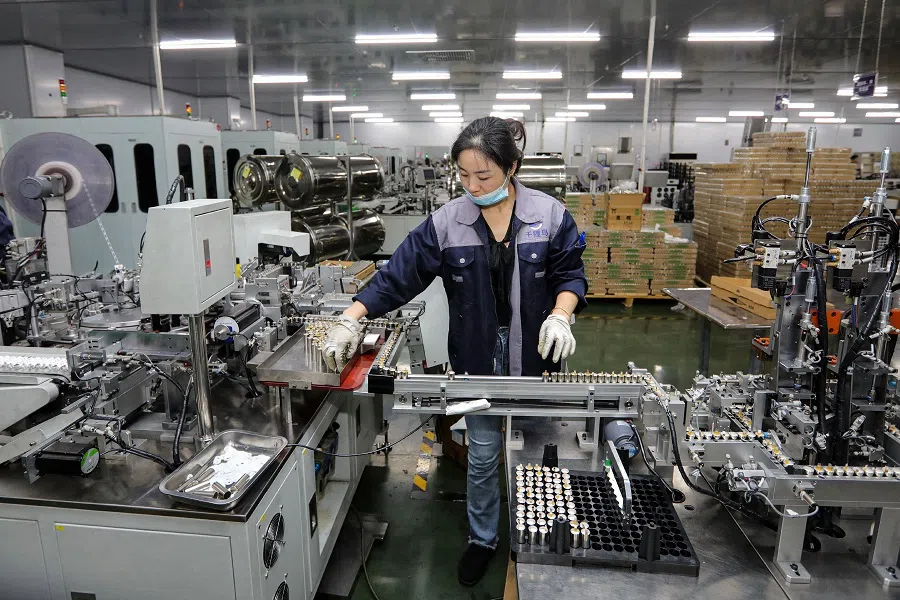
Although the economic vitality and advantageous business environment of the YRD area are widely recognised, there are some thorny challenges facing the region. Further integration among the cities within the region is required to enhance the global competitiveness of the YRD.
First, from the perspective of interconnection of transportation facilities, building an urban agglomeration that efficiently connects 27 cities will help each city take full advantage of its comparative advantages in improving the overall economic efficiency and international competitiveness of the YRD area.
Levelling out economic disparities within the region
In terms of achieving balanced regional development, there are substantial development disparities among cities and provinces within the YRD area which are continuing to widen. For example, Shanghai’s per capita GDP was more than two times higher than the national average, whilst in Anhui, a relatively underdeveloped province of the YRD area, per capita GDP was well below the national average.
Therefore, the crucial factor for achieving high-quality economic growth in the YRD is facilitation of Anhui’s integration into the region. The entire province of Anhui joined the YRD in 2019, but its economic development lags behind that of the other provinces. For their part, driven by the integration strategy, cities in Anhui have been actively absorbing industrial transfers from other core cities in the YRD region, focusing on the development of the industrial economy, and accelerating their integration into the YRD region.
With these provinces each pursuing their own targets, they have little incentive to promote regional integration, leaving the region less competitive as a whole.
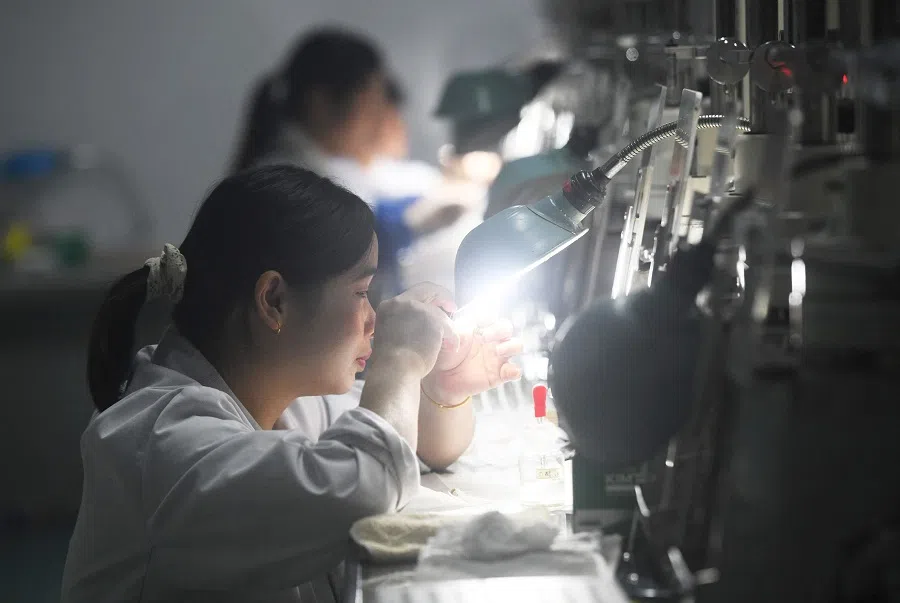
Second, the fact that YRD spans four provincial administrative divisions in China — Shanghai, Jiangsu, Zhejiang, and Anhui — has been a cause of much concern. This is because their socioeconomic interdependence has created a functionally intertwined but administratively fragmented region. With these provinces each pursuing their own targets, they have little incentive to promote regional integration, leaving the region less competitive as a whole.
Tackling wastage and excessive internal competition
Third, local governments in the YRD are incentivised to implement local industrial policies to generate more tax revenue and to shore up local economic growth. To support their industrial policies, local governments create various kinds of entry barriers that will segmentalise the market as they give priority to industries that are associated with high investment and high output. Hence, the YRD also suffers from industrial fragmentation and wasteful investment in its industries as a result of distorted industrial policies.
The long-held “GDPism” mindset of the local Chinese officials has given rise to local protectionism. Chinese local governments had no incentive to collaborate with each other and there were no clear mechanisms to support regional integration. Excessive competition among the YRD cities and provinces remains a pressing issue.
Due to divergent local interests and local protectionism, there is a lack of industrial cooperation and collaboration among the cities involved. Many cities are competing in the same industries as a result of imitation of industrial sector development. This lack of regional industrial collaboration leads to irrational allocation of resources and “cut-throat style” competition that could undermine long-term competitiveness of the region.
... the administrative barriers in the YRD have not been completely broken; as yet, the goal of building a unified and open market system in the YRD has not been realised.
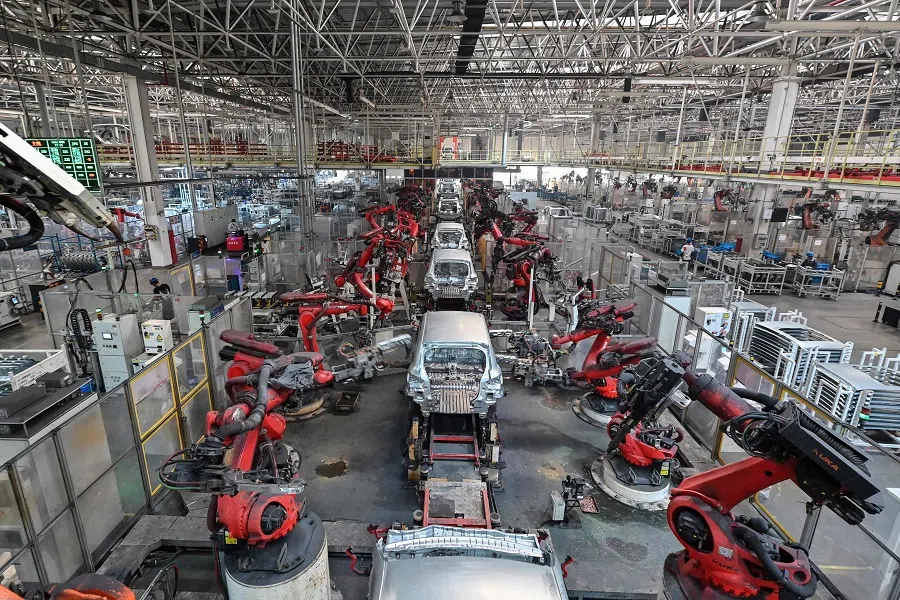
For example, based on the 14th Five-Year Plan issued by various provinces and cities, different provinces and cities are focusing on the development of new materials, new energy vehicles, integrated circuits, biomedicine and artificial intelligence, and the similarity of industrial development plans is very high, resulting in overcapacity and inability to achieve overall industrial competitiveness and efficiency. Worse still, the administrative barriers in the YRD have not been completely broken; as yet, the goal of building a unified and open market system in the YRD has not been realised.
The YRD area is a key hub for China’s industrial transformation and sustainable economic development in the future. For the Chinese authorities to meet their commitment, either to advance domestic reform, promote high-quality development, or deepen a high-level opening-up strategy, leveraging the development of YRD will be critical.
Nevertheless, this mega city-cluster faces several significant challenges, including unbalanced regional development, a lack of regional industrial collaboration, administrative divisions, and local protectionism. If these issues are not addressed, they could slow down or even derail the state’s ambitious plans for the YRD region.



